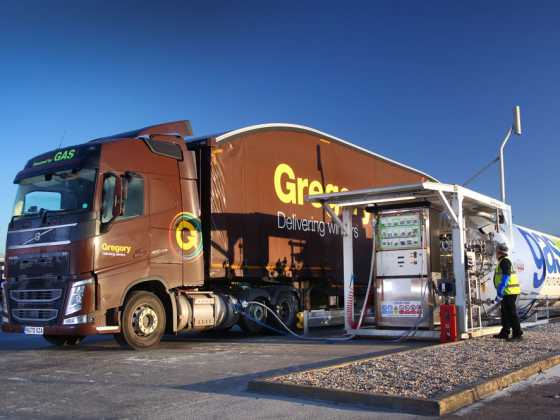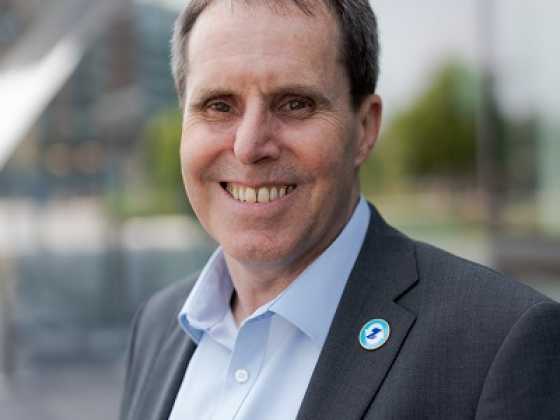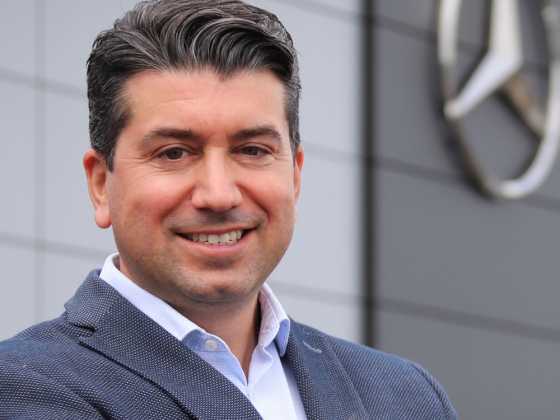Green light for the automotive industry at CES
The 2016 Consumer Electronics Show, which took place from 6-9 January, witnessed a growth in interest from the automotive industry, as the gap between vehicles and technology closes and innovation spreads.
 The prominent arrival of tech start-up manufacturers such as Tesla to the motor industry in recent years has undoubtedly provoked a response from car makers across the world. Las Vegas’ glamorous technology event, the Consumer Electronics Show (CES) was a surprising showroom of new electric vehicle (EV) concepts.
The prominent arrival of tech start-up manufacturers such as Tesla to the motor industry in recent years has undoubtedly provoked a response from car makers across the world. Las Vegas’ glamorous technology event, the Consumer Electronics Show (CES) was a surprising showroom of new electric vehicle (EV) concepts.
Audi, Chevrolet and Volkswagen were among a host of carmakers revealing new EV prototypes at CES 2016, proving that the worlds of automotive and technology are merging, with new, diverse and advanced concepts on display. With an on-going theme of connectivity, manufacturers embraced the tech-savvy nature of 2016.
Volkswagen (VW) endured a turbulent year in 2015. Plastered across the front pages of the press as the emissions scandal unravelled, VW’s Herbert Deiss announced plans last October to focus the company’s attention to plug-in hybrids and electric vehicles. At CES 2016, VW showcased the BUDD-e, a new, all electric concept car, an insight into the German manufacturer’s future tech policies.
However, rumours from the show claim that the model may be manufactured with a plan to arrive in 2018. The BUDD-e is fully electric, built on a new all-electric platform, using the company’s own battery technology stock, and features in-car tech such as smart home connectivity. Figures announced at the show predicted a total power output of 235kW with a potential range of 233 miles on a single charge, and an 80 per cent charge capacity in half an hour. Volkswagen also revealed a new infotainment system for the e-Golf, featuring new gesture control and advanced voice recognition.
Connecting to the future
While autonomous driving experienced a revival of sorts at CES 2016, it was the role of connected cars that had the event floor buzzing. It was clear that designers are looking to make the most of connected cars, rather than just use it for self‑driving and safety devices.
Volvo has designed a system to allow owners to communicate with their car, using a smart watch to pre-condition their vehicle, set up navigation systems or lock the doors.
Toyota are beginning to reap the rewards of its billion-dollar investment into the new Toyota Research Institute (TRI). Announcing four key goals for the next few years: to build an autonomous car that is incapable of crashing; to increase access for those who can’t drive currently; to translate research to indoor mobility; and to accelerate development of AI and machine learning.
The Japanese manufacturer also announced a scheme to make use of the technology already fitted to its cars to create a real-time mapping service. The mapping technology uses images and GPS systems to provide a deeper understanding of road layouts, traffic routes and signage, which will be essential to the implementation of safe automated driving.
The Nissan-Renault Alliance also announced plans to launch 10 mainstream, affordable, autonomous vehicles within the next four years. The Alliance has laid out what seem very sensible plans to stagger the levels of autonomous driving technology available to let drivers and infrastructure develop to the new systems. Renault and Nissan will start this year with single-lane control for motorway and heavy traffic driving without changing lanes. In 2018 that will increase to multiple lane control where the car can overtake and negotiate hazards itself, before 2020’s launch of a system that can deal with junctions without any driver intervention.
Bosch also brought along a concept car that shows off what it will be promising in the next few years. The key tech being showcased on the car was a large ‘haptic’ touchscreen covering the whole dashboard and centre console, which it is hoped will help keep driver’s eyes on the road as part of the new haptic feedback infotainment system.
Visual interest
Audi, which is owned by VW, is using CES 2016 to continue its own electrification programme; releasing details of its e-tron Quattro concept – an EV sport SUV. The SUV consists of three electric motors with a total output of 370KW. Audi claims that its 95kWh battery – again positioned for optimal performance – can reach a range of more than 310 miles.
The model on display at CES 2016 is a preview to models which Audi claims will be market-ready by 2018. These models will also combat e-waste by adopting a scalable electronic architecture strategy which allows the vehicles to bypass the short product cycles associated with electric products, by allowing small-scale upgrades to particular parts of the vehicle.
German manufacturer BMW caught the eye with it’s BMW’s i8 Mirrorless concept. Hoping to showcase the benefits of swapping external mirrors for cameras, BMW aims to lead danger prevention technology. The i3 interior mirror view is overlaid with images from a camera located on the roof which allows a larger field of vision. The i3 also includes Gesture Control Parking technology, which uses the car’s automatic parking features by gesturing what you wish the car to do. A possible production i8 Spyder containing no doors was also on show so that visitors could view the AirTouch gesture control technology.
Chevrolet’s Bolt EV stood out among the crowd as one of the few models confirmed for production, escaping the exciting, but dooming concept tag. With a range quoted at 200 miles and the promise of an affordable price (rumoured at $30,000), many are predicting the Bolt to be a crucial model in EV production, although it is unlikely to be gracing UK roads.
New entrants
For the past few years, recently-established Californian company Faraday has been working in the shadows of Tesla. However, using CES 2016 as a springboard for success, Faraday Future unveiled a theoretical EV concept named the FFZERO1. Under new Chinese financial backing, the electric hypercar claims to have 745kW/1,000bhp, an ability to reach 60mph in under three seconds, and a top speed of just over 200mph.
The chassis underneath can be lengthened with extra battery cells added between the axles, allowing a variety of bodystyles to be made. Research chief Nick Samson, formerly an engineer for Tesla, said that this architecture would enable Faraday Future to move faster than its competitors by using the same basic underlying structure for all vehicles.
Sampson said: “We all share a common goal to profoundly move the world in better, cleaner and more intelligent ways. We have a very transformative vision. We are embarking on nothing less than a complete rethink on what mobility means. You don’t need to have a 100-year legacy in the automotive industry to define what the next generation of mobility needs to look and feel like.”
Another new entrant to the EV market on display at CES 2016 was American firm Arcimoto. The company has been working for the past eight years on developing affordable, full‑utility, pure electric vehicles for every‑day driving, culminating in a three-wheeled electric motorcycle – the SRK. The SRK has two battery packs available – one with a 70‑mile range and another reaching 130 miles off a single charge. The batteries can take between 90 minutes to three hours to fully charge fully, but boasts top speeds of 80mph.
A future foothold
CES has showcased that the growth and production of electric vehicles are definitely going to expand over the next few years. Autonomous driving may re‑emerge as a market-leading concept, but it is more likely that 2016 will be the year of connected vehicles. An emphasis on the technology available from the driver’s seat makes the inside of the green cars the envy of the outside.
A battle between technology companies and car manufacturers is brewing as the fight for a strong foothold intensifies, and with the arrival of Google and Apple into the car industry anticipated soon, it certainly is an exiting time for green cars.






